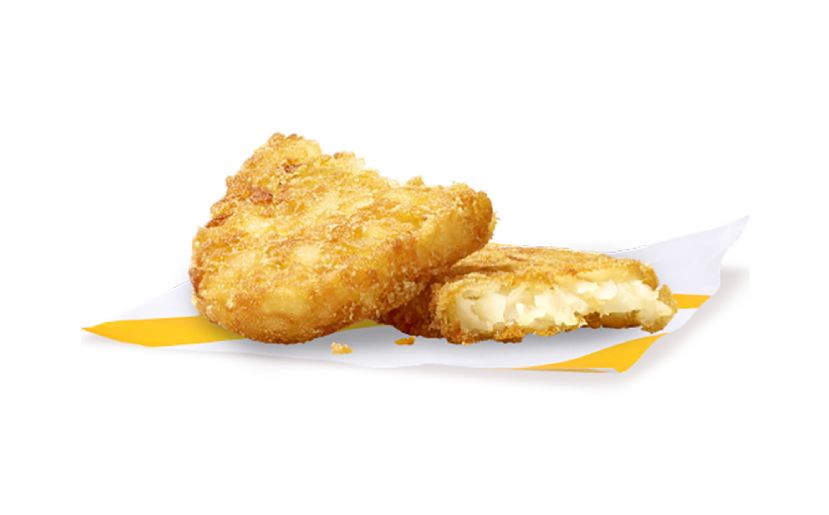
McDonald’s hash browns have been a popular breakfast choice for years, appreciated for their crispy texture and satisfying potato flavor. However, like many fast mcdonald’s hash brown calories food items, understanding the calorie content and overall health impact is crucial for making informed dietary decisions. This article explores the calorie content of McDonald’s hash browns, their nutritional profile, and their potential health implications, providing insights into how to incorporate them responsibly into a balanced diet.
Calories in McDonald’s Hash Browns
One McDonald’s hash brown typically contains around 150 calories. This calorie count may vary slightly depending on factors such as regional variations and specific preparation methods. Despite their relatively small size, hash browns contribute a significant amount of calories, making portion control important for individuals monitoring their daily calorie intake.
Nutritional Profile
In addition to calories, McDonald’s hash browns provide other nutrients in varying amounts. Each hash brown contains approximately 9 grams of fat, primarily from the vegetable oil used in frying. They also offer around 15 grams of carbohydrates, mainly derived from the potatoes used in their preparation. However, hash browns are relatively low in protein and dietary fiber, which are important for maintaining energy levels and promoting satiety.
Health Impact Considerations
While McDonald’s hash browns can be a convenient and enjoyable breakfast option, they are considered a processed food with moderate nutritional value. The frying process adds to their calorie and fat content, particularly saturated fats, which can contribute to cardiovascular health risks when consumed excessively. Limiting intake of fried foods and opting for healthier cooking methods, such as baking or steaming, can help mitigate these risks.
Comparative Analysis
Compared to healthier breakfast options like oatmeal or fresh fruit, McDonald’s hash browns are higher in calories and fat. Oatmeal, for example, provides fewer calories and more dietary fiber, promoting better digestion and sustained energy levels throughout the morning. Fresh fruit offers vitamins, minerals, and antioxidants, contributing to overall health and well-being.
Incorporating Hash Browns Responsibly
To enjoy McDonald’s hash browns while minimizing their health impact:
Balance with Nutrient-Dense Foods: Pair hash browns with a side of fresh fruit, yogurt, or a small serving of lean protein to increase overall nutritional value and promote satiety.
Moderation is Key: Enjoy hash browns occasionally as part of a balanced diet, rather than making them a regular dietary staple.
Mindful Eating Practices: Be mindful of portion sizes and avoid overindulging in hash browns to maintain overall calorie intake goals.
Conclusion
In conclusion, understanding the calorie content and health impact of McDonald’s hash browns allows individuals to make informed choices about their dietary habits. While hash browns can be enjoyed as an occasional treat, moderation and balance are essential for maintaining a healthy lifestyle. By pairing them with nutrient-dense foods and practicing mindful eating, individuals can incorporate McDonald’s hash browns into a well-rounded and health-conscious diet.
This article provides a detailed exploration of McDonald’s hash brown calories and their health impact, offering insights into their nutritional profile and considerations for incorporating them responsibly into a balanced diet.
0 Comments